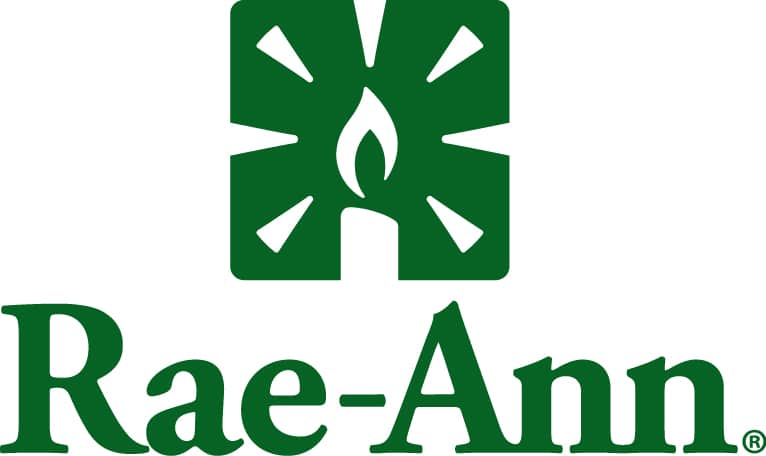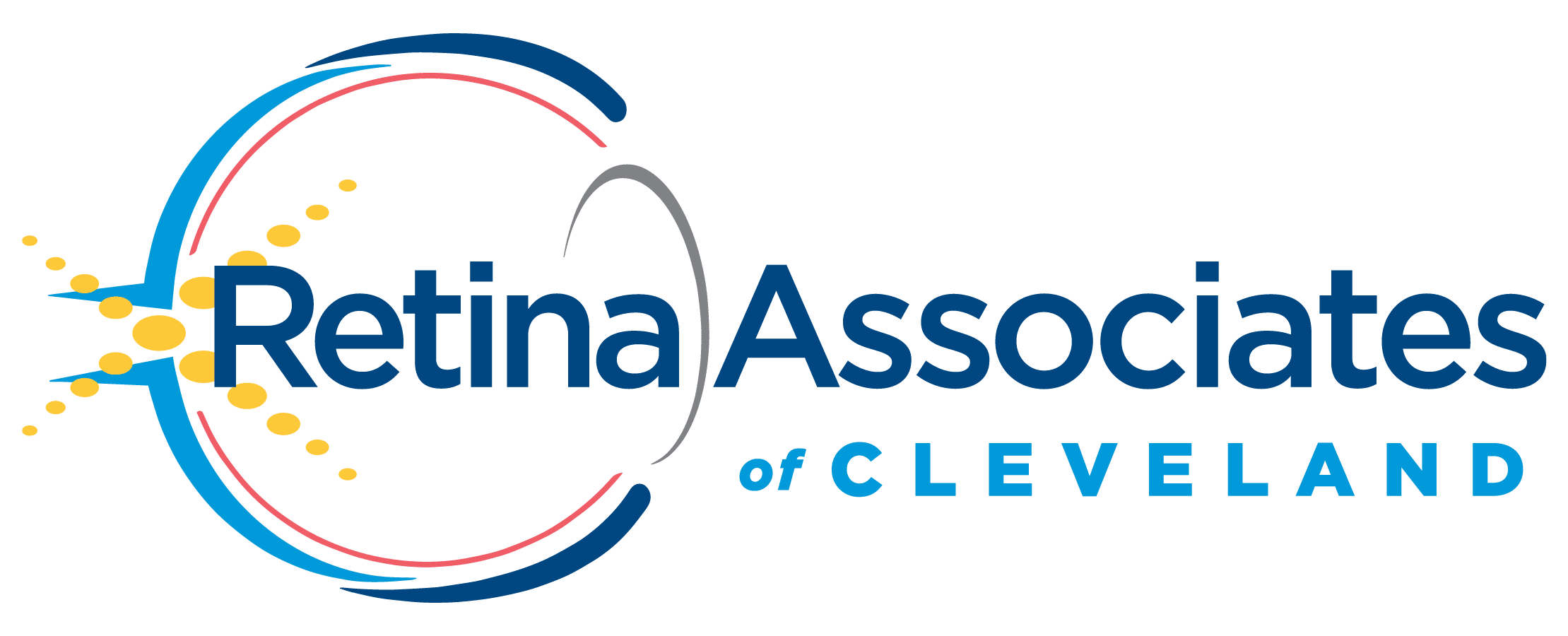If you’re seeking opportunities to improve your company’s cash flow, consider a fixed asset or cost segregation study. Manufacturing is a capital-intensive industry, so it’s critical to ensure that fixed assets are classified properly to recover their costs as quickly as possible.
Fixed asset study
A fixed asset study examines all depreciable assets — including real property, equipment, machinery, fixtures, and furniture — to determine whether you’ve misclassified any assets. Properly classifying assets in a category with a shorter depreciable life will accelerate depreciation deductions, potentially lowering taxes and boosting cash flow.
These studies aren’t just for the most recent tax year. A fixed asset study may also create an opportunity to claim refunds for depreciation deductions missed in previous years.
Cost segregation study
A cost segregation study is a type of fixed asset study that focuses on the costs of buying, constructing, or substantially improving a building or other real property. Generally, commercial real estate (other than land) is depreciable over 39 years. A cost segregation study identifies assets that might be treated as building components but are properly classified as personal property depreciable over five or seven years, or as land improvements depreciable over 15 years.
Examples of building components that may qualify for accelerated depreciation include:
- Reinforced foundations,
- Specialized electrical, plumbing, cooling or ventilation systems, and
- Other structural components that are required by the manufacturing process rather than for the operation of the building.
By allocating a portion of the building costs to these shorter-lived assets, you can accelerate depreciation deductions and substantially reduce your tax bill.
Now is the time to act
If you’ve recently reconfigured your plant or office space, or otherwise made improvements to your buildings, now may be an ideal time to conduct a fixed asset or cost segregation study. Doing so can help maximize the tax benefits associated with these investments.
© 2023
Related Insights
Featured Post

Featured Client Testimonials
BW is a true partner to us. Their knowledge, expertise, and service are a valuable resource to us and play an important role in our success!
John Allen - Vice President of Finance, Kaufman Container

Featured Client Testimonials
I appreciate the exceptional tax advice we received over the years. The (BW team) has a good grasp of our business needs. Thank you for your excellent service.
John Griffiths - Owner, Rae Ann, Inc.

Featured Client Testimonials
The BW team has been fantastic to work with; both the team member at our office as well as at the partner level. Any issues or concerns are handled very efficiently and effectively.
Kelley Needham - Chief Executive Officer, Epilepsy Association

Featured Client Testimonials
Barnes Wendling has been our company accountants for over seven years. Their knowledge has been instrumental in helping us grow strategically during this time. And although we’ve seen many changes in our economy that we cannot control, we’ve always been able to trust the Barnes team to be by our side. The Barnes team feels like family. We can’t thank them enough for their support!
Christine Kloss - Controller, AT&F

Featured Client Testimonials
Barnes Wendling has been our company accountants for over 15 years. During this time, the business has grown exceptionally, and Barnes has kept pace, providing accurate, quality advice. Our finances are more efficient than ever, and the expense of hiring Barnes has been a definite positive add to our bottom line. I give my highest recommendation to their firm.
David Miller, MD - President, Retina Associates of Cleveland

Featured Client Testimonials
Barnes Wendling has provided us guidance and recommendations that have strategically helped strengthen our business and position ourselves for growth. We needed to hire a new VP of Finance and Controller this past year, and they were instrumental in helping us find the best candidates for our company.
Sara Blankenship - President, Kaufman Container

Featured Client Testimonials
We value the trust, accuracy of information, and reliability of Barnes Wendling and Mike Essenmacher personally. Mike has been instrumental as a trusted advisor on accounting, tax, and personnel issues. His advice is always accurate, and he is very reliable. His associates are also very talented.
Dominic Ozanne - President and CEO, Ozanne Construction Company

Featured Client Testimonials
We value Barnes Wendling’s expertise with all things accounting so we can operate our business using our strengths and allowing them to be our experts. They have also brought me a few business sale opportunities to allow me to grow my assets.
John Gaydosh - President and Metallurgical Engineer, Ohio Metallurgical Service

Featured Client Testimonials
Barnes Wendling (especially Lena) did a great job with our financials. Everything. It is extremely refreshing and comforting to know that all of our numbers are not only correct, but they are in the right place(s). Your diligence and reporting truly does make me (personally) feel better.
Thomas Adomaitis - Controller, Bialosky Cleveland

Featured Client Testimonials
I can wholeheartedly tell you that I have yet to work with an audit or tax team that have been more helpful, easy to work with, and committed than the team at Barnes Wendling- I have been through three different firms in the last few years.
Michelle Saylor, Former Controller, Aero Mag

Featured Client Testimonials
Floyd Trouten at Barnes Wendling CPAs is an “expert’s expert” when it comes to M & A accounting. Not only does he understand the evolving details of the Tax Code but he also sees the fine points of their application for owners, managers, investors, and financiers.
Mark A. Filippell, Western Reserve Partners

Featured Client Testimonials
The service is amazing at Barnes Wendling CPAs. The benefit is worth more than the cost. Sometimes it’s true that you get what you pay for.
Mark Boucher - Former Owner, Castle Heating & Air









